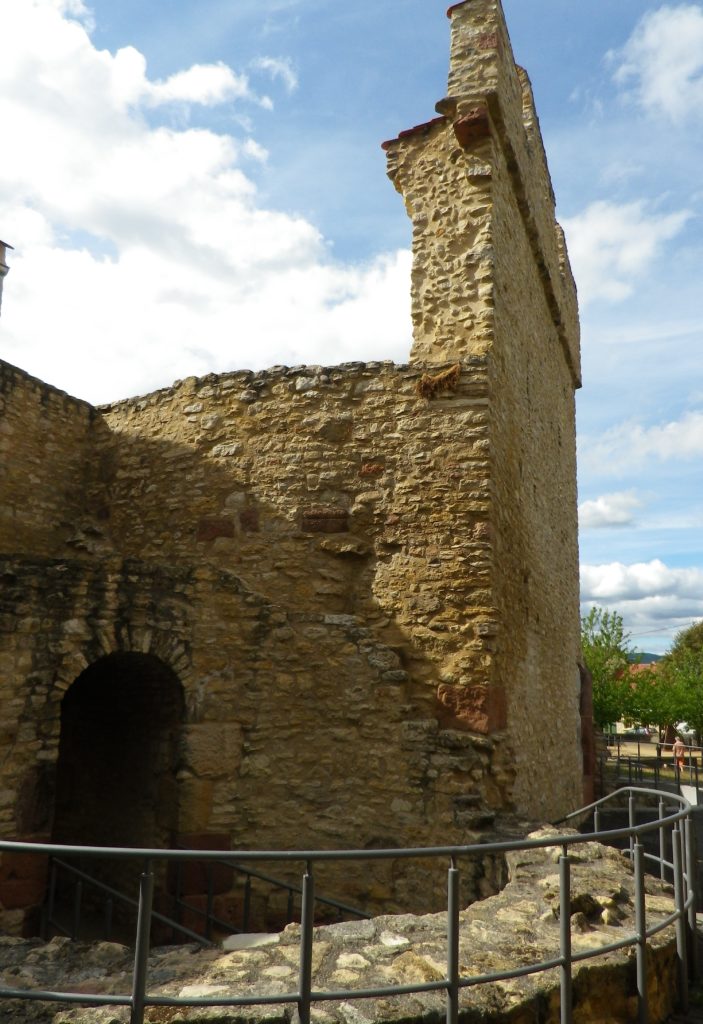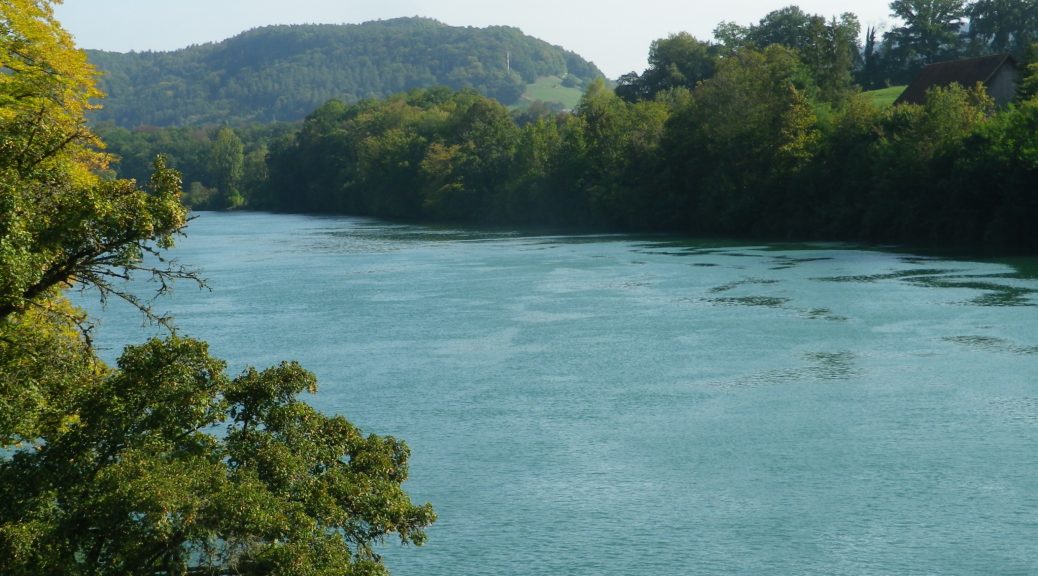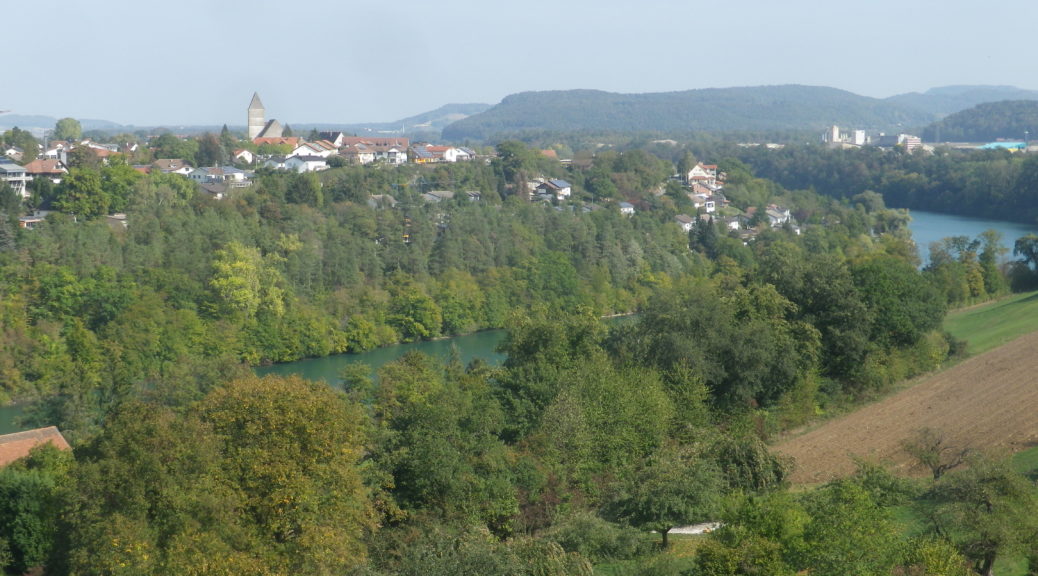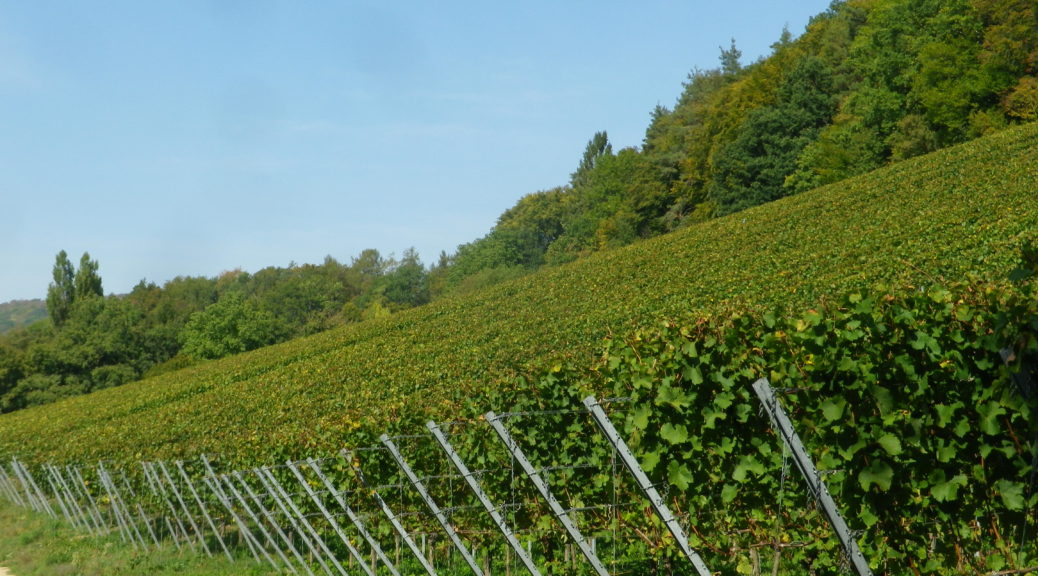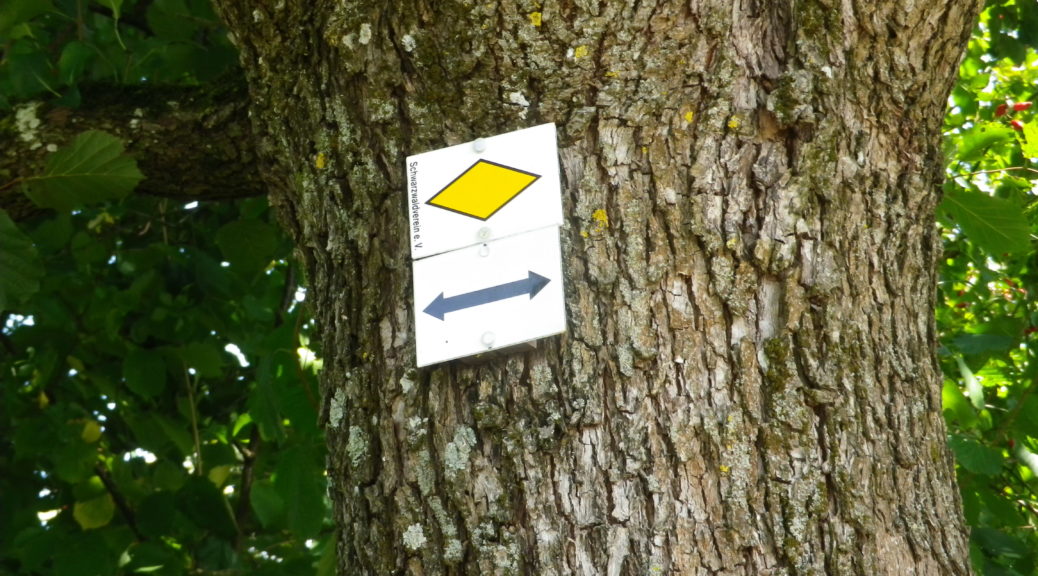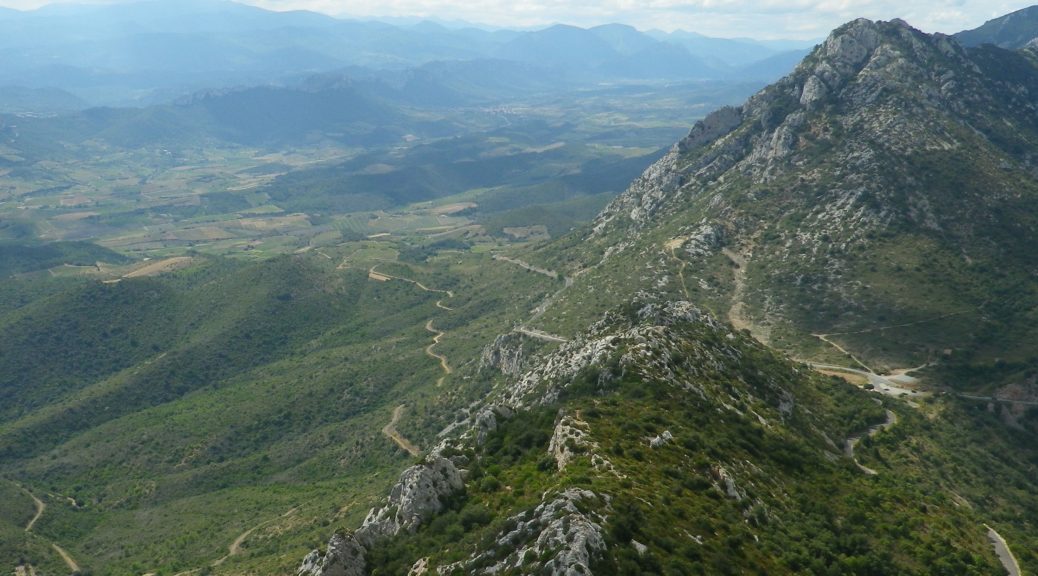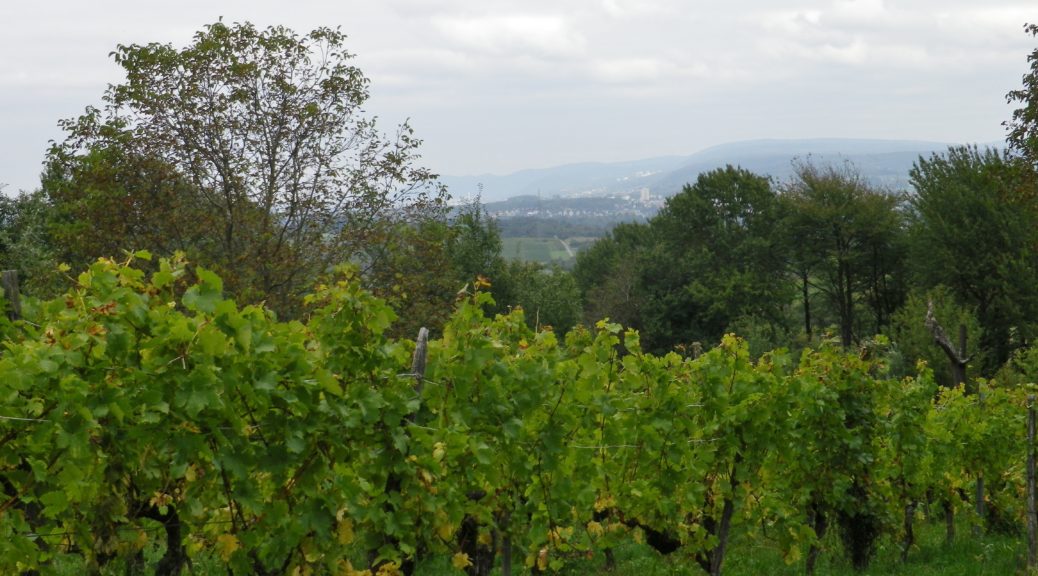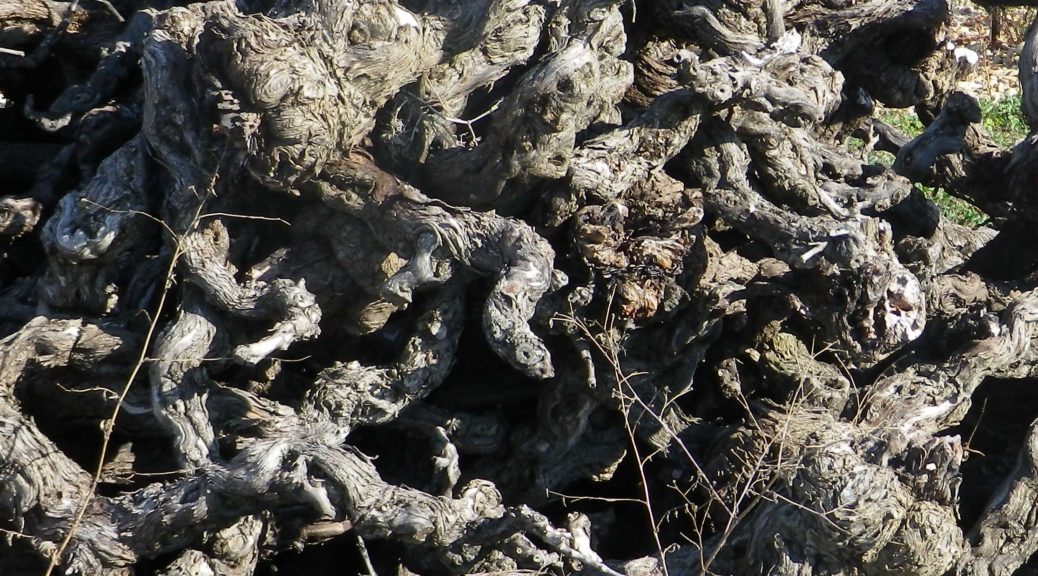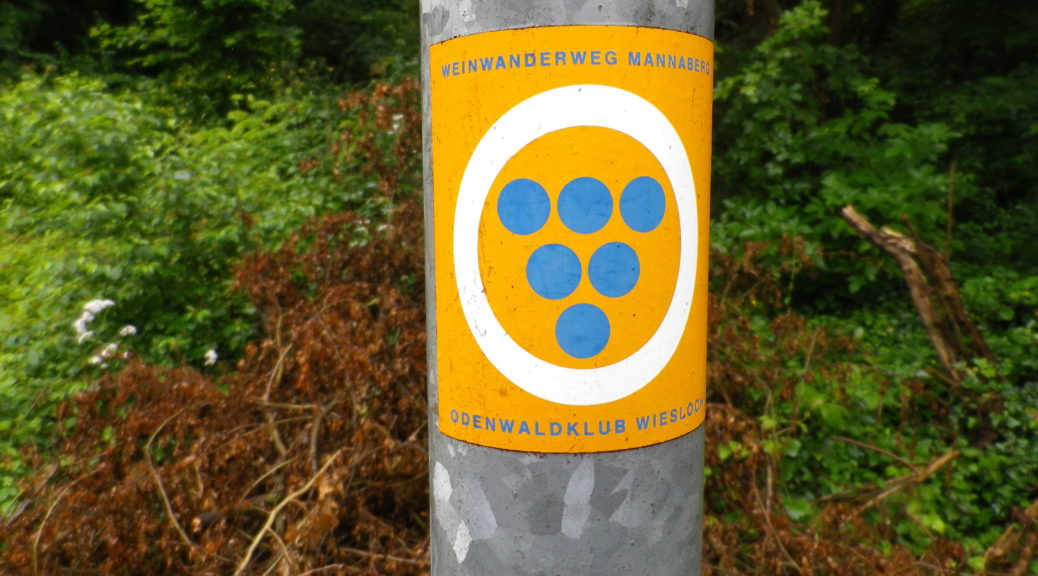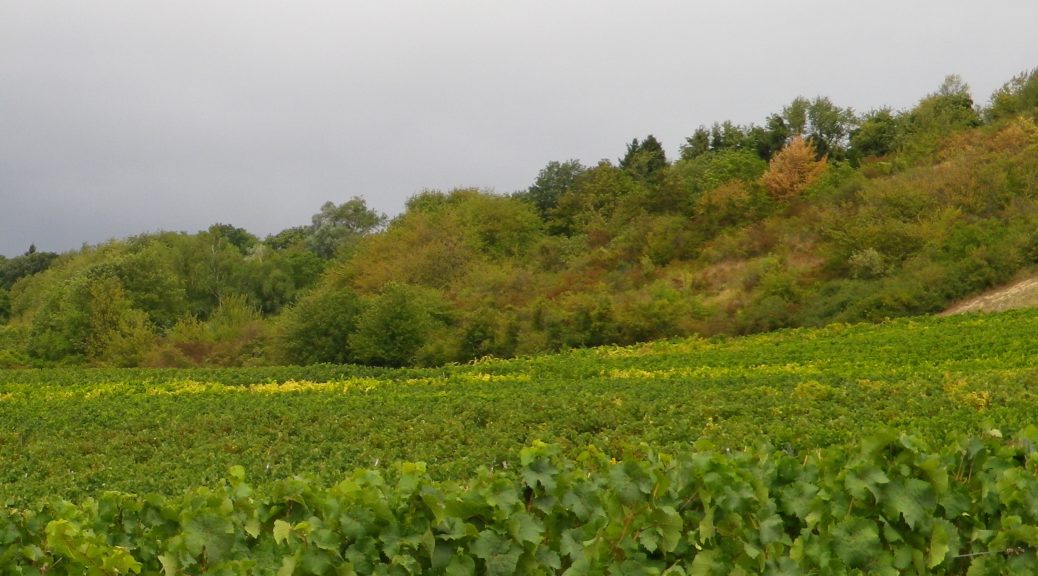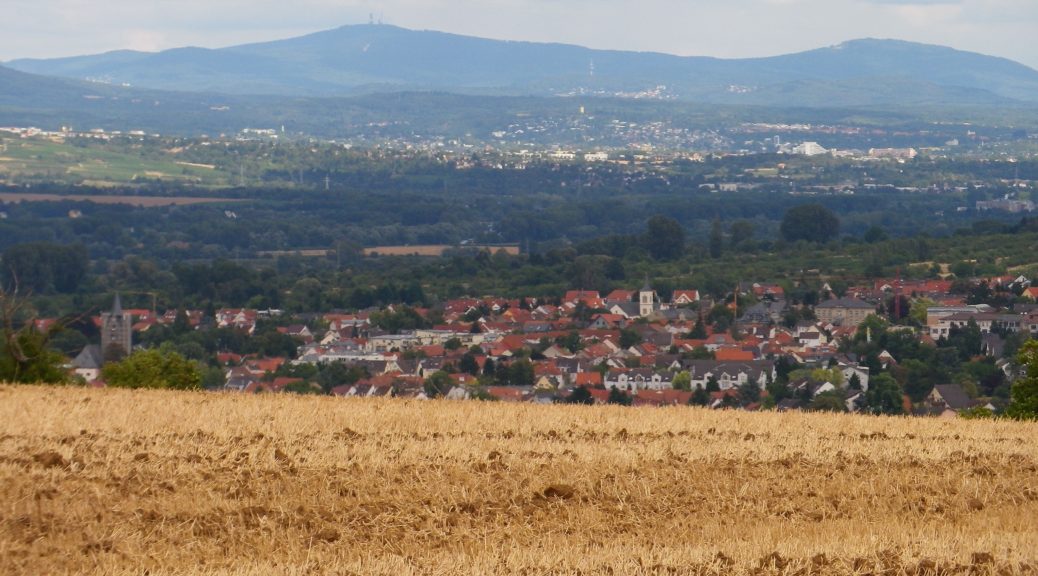Tag Archives: Germany
High Rhine Wine Time
Following hard on the heels of the longest circuit hike I have done to date, comes the shortest one. Both were in the German wine region of Baden, albeit one in the most southern district of the region, and the other in one of the northern-most districts. Both were fun to hike, although I must confess I found this trail more to my taste aesthetically.
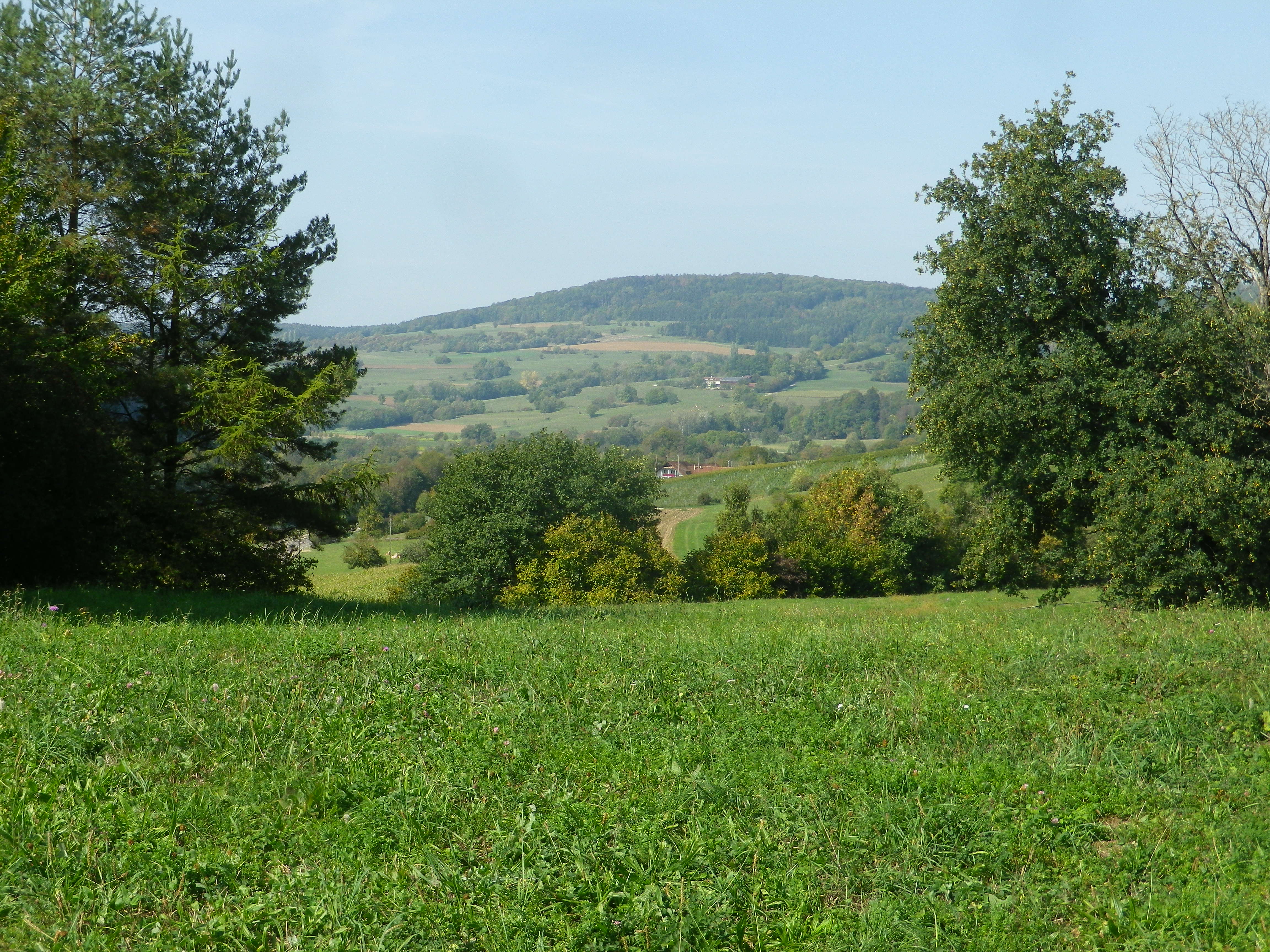
Wine Notes: Baden’s Hochrhein
What I Learned:
Hohentengen am Hochrhein, is in an area south of the Swiss Canton of Schaffhausen, and the Klettgau wine district, west of the Swiss town of Eglisau in the Canton of Zurich, and to its south is the Swiss town of Kaiserstuhl. But this wine-producing area is part of Germany’s Baden wine region, Bodensee district. Its micro-climate is similar: cool, but not frigid in winter, elevated, but not mountainous, and warm, even occasionally hot, in the summer. In short, it is good for vines. Like the area of Lake Constance in general, this area gets a fair amount of sun, considering its German/Swiss location. Vines have been here, off and on, for over a millennium. Currently, the Engelhof Winery has planted about 25 hectares to the west of Hohentengen, on the Oelberg slope, which has an excellent southern exposure.
Durch die Reben des Oelberg: Trail in a Nutshell
Trail Name: Durch die Reben des Oelberg (Through Oelberg Vineyards)
Trail Type: A short distance circuit; well-maintained, but with varying surfaces, from grass to tarmac, marking on the trail is generic, but good throughout.
Length:
Total – 6.8 kilometers/ 4.25 miles
Convenient to: Waldshut-Tiengen, Germany; Schaffhausen, Switzerland
Marking:
Yellow diamond (See featured photo, and comment section below.)
Continue reading Durch die Reben des Oelberg: Trail in a Nutshell
Gallery October 2018
Manna on the Mannaberg
The Kraichgau is a small corner in northern Baden. Quiet villages tuck into the steep folds of hills, following little valleys, generally along small creeks. It is spiritually far removed from the nearby big urban conglomerations, which you can occasionally see from the trail, in the distance. Pockets of vineyards lie among fields, and below tree lines, or on the sheltered sides of rolling ridges. The vineyards here are small, but well-tended. They are truly the agricultural manna of this area of Germany’s Baden wine region.
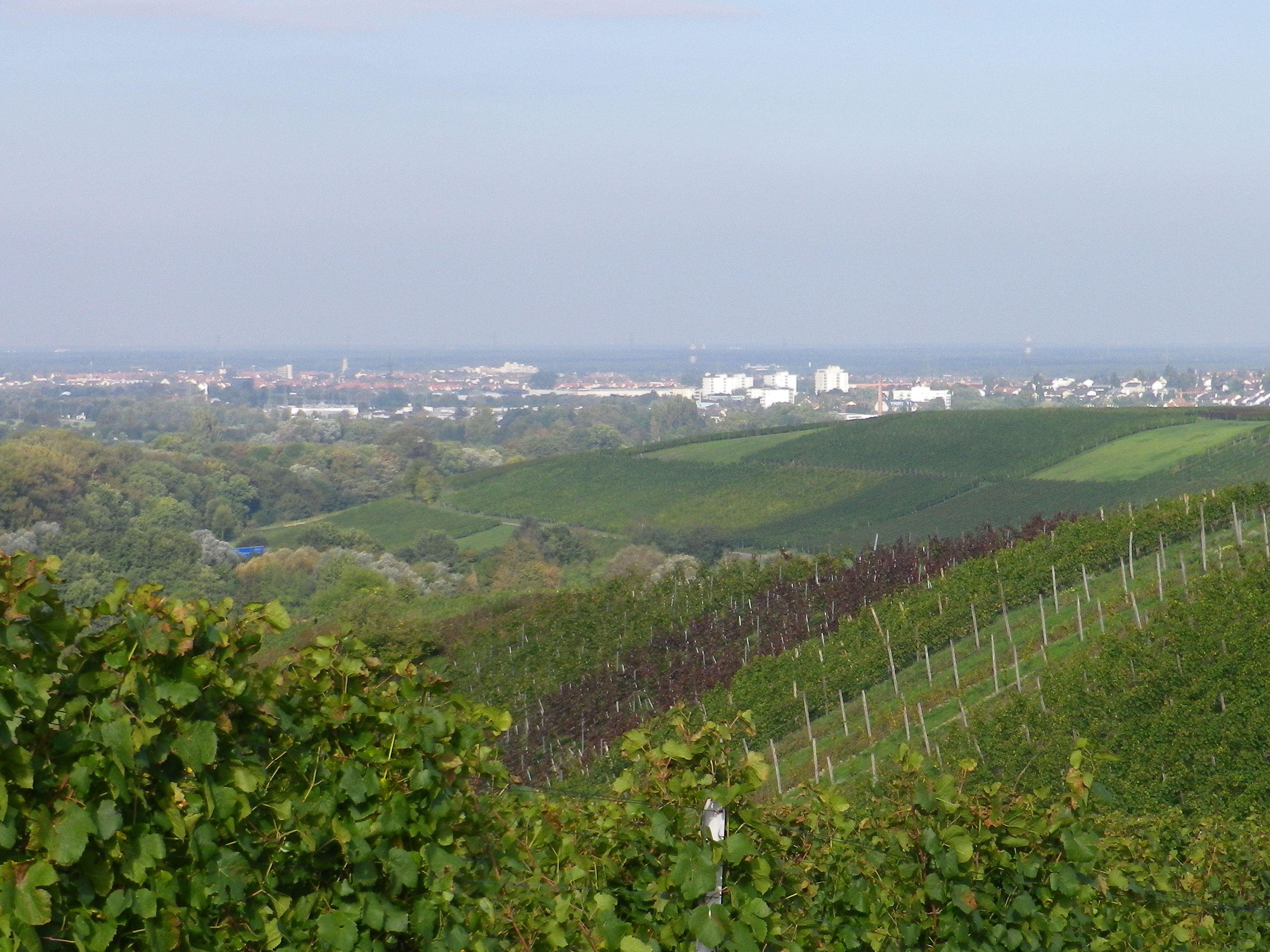
Wine Notes: Kraichgau
What I Learned
The Kraichgau district of the Baden wine region is relatively small, only about 1200 hectares overall. Known as the “Land of a Thousand Hills,” the Kraichgau is a slice of hilly territory located east of the Rhine, north of Karlsruhe and south of Heidelberg. This district is less well-known than many other Baden districts, and is characterized by small, farming (or now commuter) communities. The better-known Ortenau district of Baden begins south of the Kraichgau.
Grosslage Mannaberg, extending from Bruchsal through Ostringen to Wiesloch, has as growths: Kirchberg, Ulrichsberg, Schlossberg, Burgengraf and Heiligenstein.
Weinwanderweg Mannaberg: Trail in a Nutshell
Trail Name: Weinwanderweg Mannaberg
Trail Type: Long distance; well-maintained and almost exclusively paved or hard surface throughout, marking on the trail good in places, and missing altogether in others
Length:
Total – 21 kilometers/ 13 miles
Convenient to: Heidelberg, or Wiesloch, Germany
Marking: Blue grapes in a white circle on an orange background
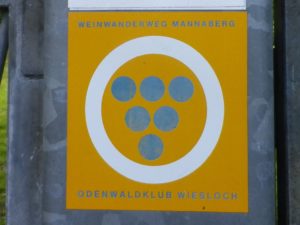
Continue reading Weinwanderweg Mannaberg: Trail in a Nutshell
Gallery September 2018
Empires Past and Present
Charlemagne brought wine to Ingelheim, and I followed a trail to Ingelheim, wine, and Charlemagne. Thus, in one fell swoop, I managed to satisfy my wine, hiking, and early medieval history passions in this small town on a partly sunny afternoon.
The Carolingian and earlier Merovingian times in Western Europe have always interested me. So when I heard about the wonderful exposition of the remains of one of Charlemagne’s favorite palaces, I had to visit. In addition to a highly focused and informative museum on the palace, the great signboards at exposed walls throughout the town, and outlines in stone of once-extant huge palace structures, help bring the old palace alive, as it was in Charlemagne’s time.
